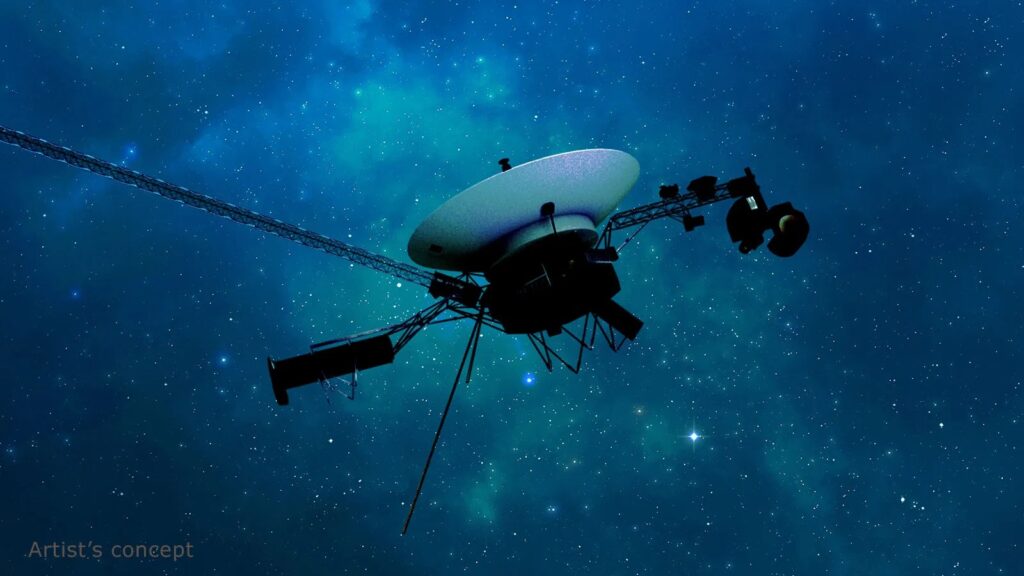NASA engineers have identified the cause of the problems with the Voyager 1 spacecraft and are working to fix it. Because of this, it has lost the ability to transmit scientific data.

Problems with Voyager 1 began in November 2023, when instead of data, it began transmitting a meaningless set of ones and zeros to Earth.Later, the mission’s specialists came to the conclusion that the whole thing was a malfunction of the flight data system (FDS).
Several factors prevented the problem from being fixed. One of them is the distance. Commands sent from Earth take 22.5 hours to reach Voyager 1. The same amount is required to receive a response. But an even more serious problem is that everyone who created FDS (and this happened in the early–mid-1970s) either died or retired long ago. Therefore, mission specialists have to play the role of techno-archaeologists. They turn to documents from half a century ago and try to understand the logic of people who wrote the program code for Voyager 1.
The long-awaited breakthrough in early March. In response to one of the commands, Voyager 1 sent information that was different from the previous one. During the subsequent decryption, it was found that it contained a complete dump of the FDS memory. Engineers were able to compare it with the data that was transmitted before the problem occurred and find its source.
According to Joseph Westlake, director of NASA’s Heliophysics department, the organization is optimistic about the possibility of saving Voyager 1. Apparently, the problem lies in the damage to the memory area. Now engineers are looking for a way to move a couple of hundred words of software (a word is two bytes) from one area of the on-board computer to another. If this succeeds, Voyager 1 will be able to be returned to service. However, it is not yet known how long such repairs may take.
According to https://spacenews.com
Follow us on Twitter to get the most interesting space news in time
https://twitter.com/ust_magazine


